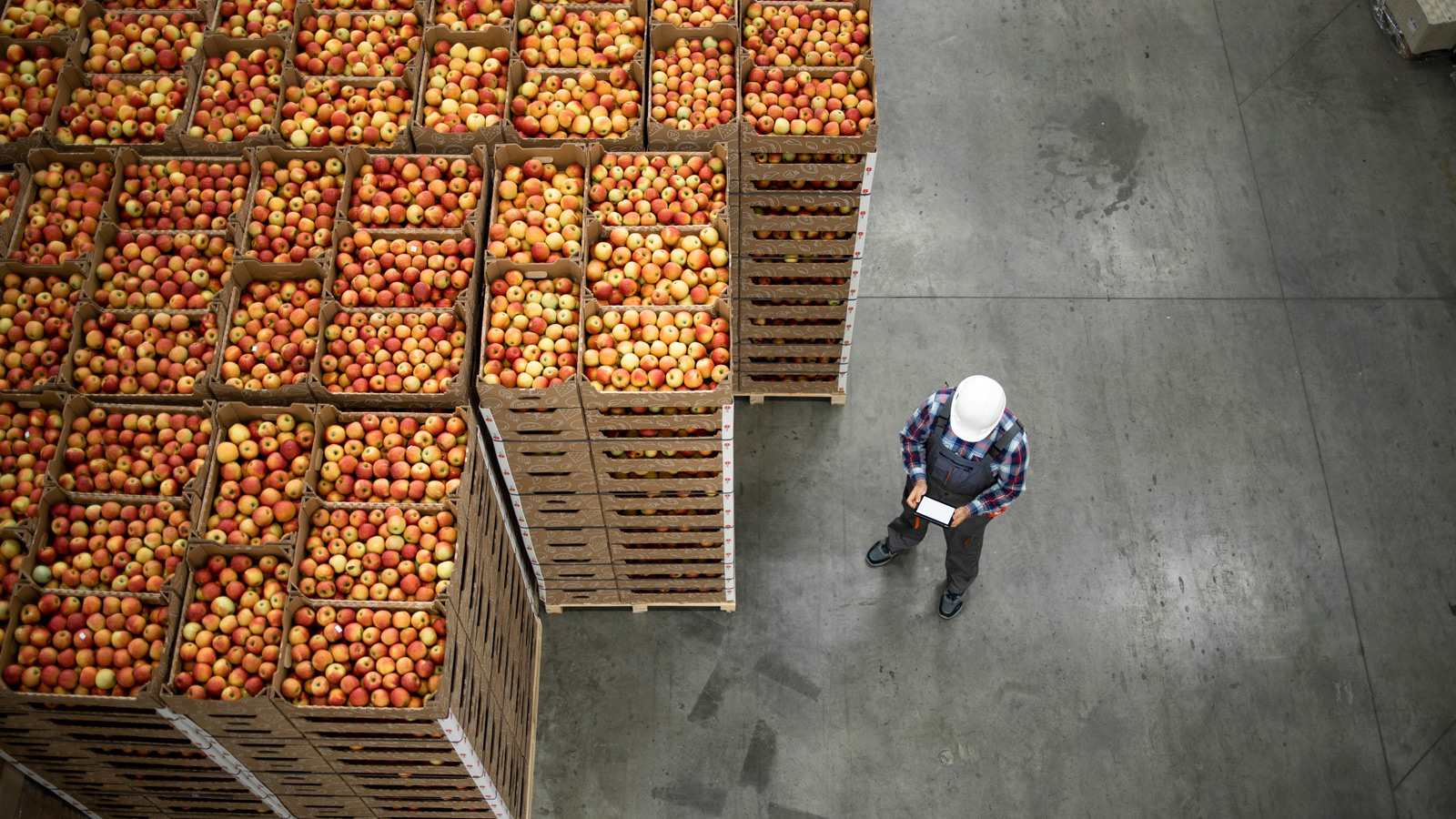An estimated 153.5 million tons of food is wasted annually, and that's just in the European Union. Environmental NGO Feedback EU reported in September 2022 that the EU wastes more food than it imports. So it is not surprising that food waste is a hot topic.
We speak of food waste when food intended for human consumption goes unused. The most painful thing about wasting good food is that 800 million people worldwide still do not have enough food.
In addition to food, we also waste the raw materials and resources needed for it. Talk about waste. This waste not only costs European households and companies a lot of money, but also contributes to European greenhouse gas emissions.
European legislation on food wastage
Therefore, a proposal is expected soon from the European Commission to address food waste in EU member states. The European Platform on Food Loss and Food Waste recommends the introduction of legally binding targets. For example, waste should be reduced by half by 2030.
Getting started against food wastage
Ideas to combat food waste are already hard at work. We list some of the solutions and innovations.
1. Choice of packaging materials: in theory, much packaging material is compostable or recyclable, but in practice, unfortunately, this often works differently. Packaging still ends up in residual waste or cannot be recycled because food residues are left behind. It is therefore important to look closely at the actual impact of the total life cycle of packaging. If plastic is used, it should be mono, transparent, recyclable and bio-based.
2. Innovations in materials: there is plenty of research into how food can be packaged differently. Consider packaging with chitin or a special spray for keeping fruits and vegetables fresh.
3. Resealable containers: applying closures or adhesive strips helps in the shelf life of food.
4. Natural branding: this laser technology completely eliminates stickers and packaging, making it plastic-free.
5. Reuse: it is up to producers to provide packaging that is actually reusable. Do take into account that packaging can become a popular collectible, as the French McDonalds is now experiencing.
6. Refuse: consumers should buy foods loose, rather than pre-packaged quantities. Think of the bag of tangerines, some of which eventually have to be thrown away. Loose sales thus reduce unnecessary waste.
7. Legislation: France and Spain are already taking action against the abundance of packaging plastic, by banning plastic packaging for fruits and vegetables.
8. Smart techniques: sensors monitor product quality to keep food longer.
Get a grip on waste with Milgro
With the "Grip on Wastage" program, Milgro focuses on the best solution against food waste for its clients. We have extensive knowledge about reducing waste and thus waste. This is how we help companies take a step towards circularity. Want to know more? Contact us or follow us on LinkedIn.
Want to know more? Whitepaper for the food sector
Are you working in the food sector or have a specific interest in how to make this sector circular? And would you like to know more about this? Download our whitepaper 'Towards a Circular Food Sector'. Here we elaborate on issues that are necessary to come together towards a circular economy for food. An economy in which waste does not exist, agrifood residual streams are optimally reused, and raw materials retain their value.










